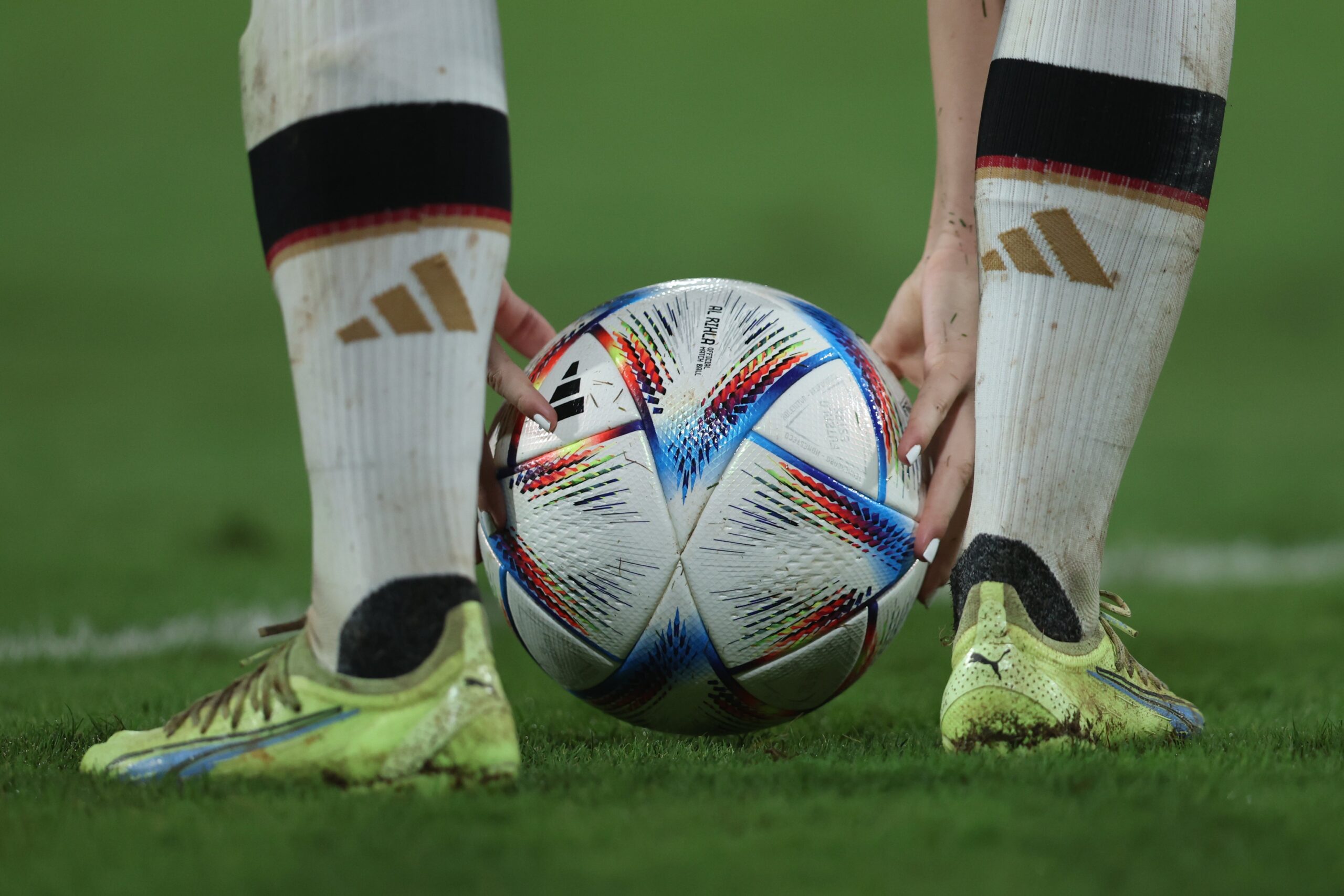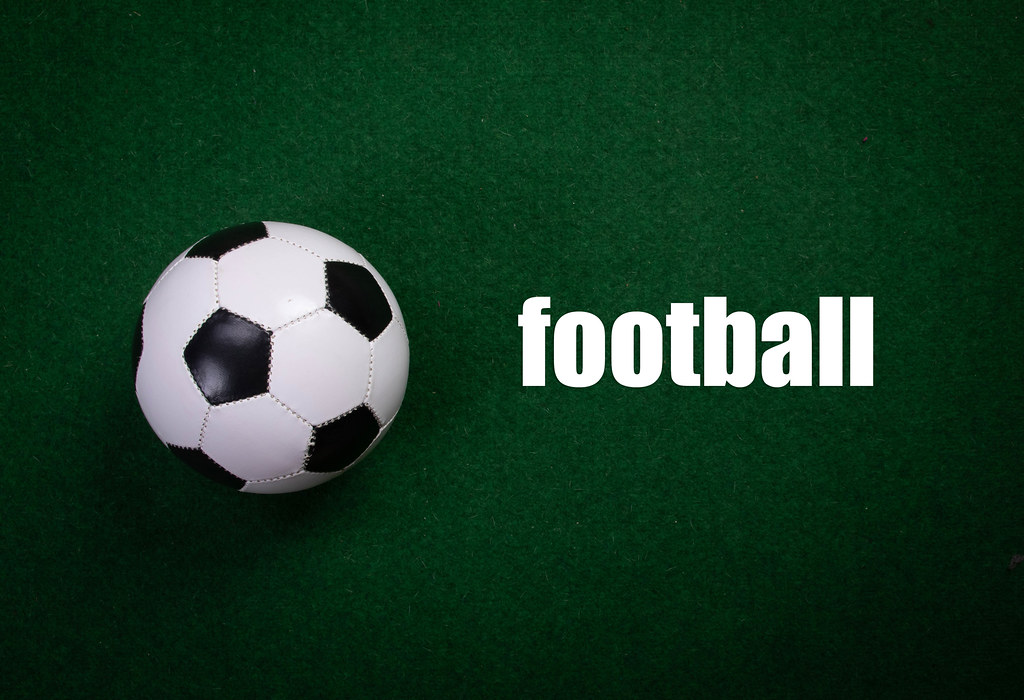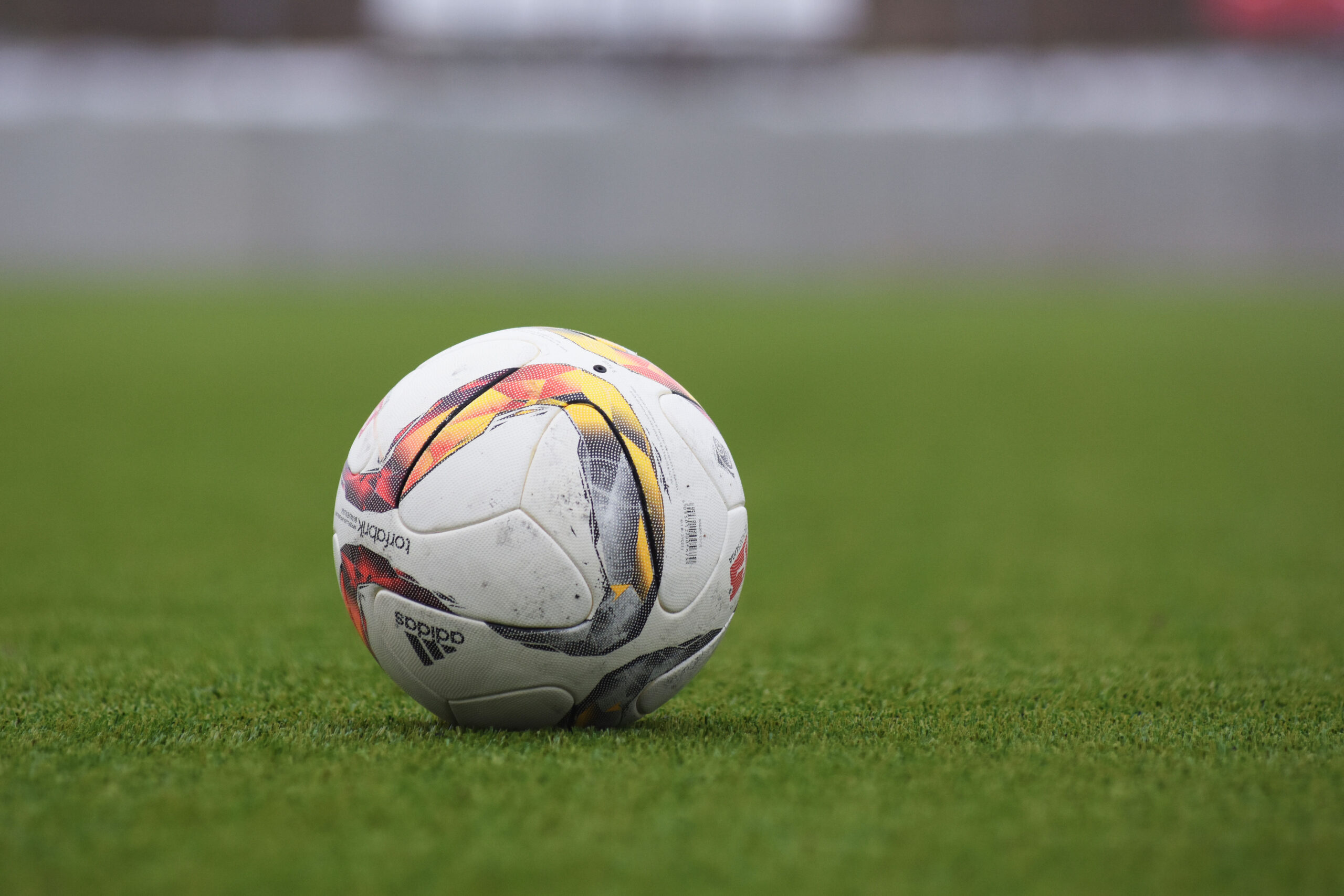What is a Free Kick in Soccer? Discover the Power of this Game-Changing Move!

A free kick in soccer is awarded after an infringement of the laws by the opposing team. It is a method of restarting play in association football.
In soccer, a free kick is an opportunity for a player to kick the ball without the interference of the opposing team. This is awarded when a player from the opposing team commits a foul or breaks one of the rules of the game.
It serves as a way to restart gameplay and give the fouled team a chance to regain possession or create a scoring opportunity. Free kicks can be taken by lifting the ball with a foot or both feet simultaneously, and players are allowed to feint to confuse opponents. A free kick can be either direct or indirect, depending on the specific circumstances of the foul committed.
What Is A Free Kick In Soccer? (heading)
A free kick in soccer is a method of restarting play after an infringement of the laws by the opposing team. It allows a player to kick the ball without interference from the other team.
A free kick in soccer is a method of restarting play after an infringement of the laws by the opposing team. It is an opportunity for a player to kick the ball without interference from the opposition. Free kicks can be either direct or indirect, depending on the nature of the foul committed. A direct free kick allows the player to score a goal directly from the kick, while an indirect free kick requires the ball to touch another player before a goal can be scored. Free kicks are awarded in various situations, such as fouls, handballs, and offside offenses. The importance and impact of a free kick can be significant, as it provides an opportunity to create scoring chances or set up strategic plays. Feinting to confuse opponents is allowed during a free kick.
Credit: physicsworld.com
Direct Free Kick (subheading)
A direct free kick is a method of restarting play in soccer. It is awarded after an infringement of the laws by the opposing team. Here are the key aspects of a direct free kick:
| Definition of a direct free kick | A direct free kick is a kick taken from a stationary position, without any other players touching the ball before it is kicked. |
|---|---|
| Rules and regulations for a direct free kick | A player taking a direct free kick must follow certain rules: |
| – The opposing players must be at least 10 yards away from the ball until it is in play. | |
| – The ball must be stationary on the ground when the kick is taken. | |
| – The player taking the kick cannot touch the ball again until another player has touched it. | |
| Examples of direct free kick situations | There are various situations in which a direct free kick may be awarded: |
| – Foul committed by an opposing player, such as a trip or a push. | |
| – Handling the ball intentionally. | |
| – Dangerous play, such as a high kick near an opponent’s head. |
Indirect Free Kick (subheading)
An indirect free kick is a method of restarting play in soccer that is awarded after an infringement of the rules by the opposing team. It allows the kicking team to have an opportunity to kick the ball without the other team getting involved.
| Indirect Free Kick: |
| Definition of an indirect free kick: An indirect free kick is a type of free kick awarded in soccer after a non-penal foul has been committed by the opposing team. It is called “indirect” because the ball must touch another player before a goal can be scored. The kick is taken from the spot where the foul occurred. |
| Rules and regulations for an indirect free kick: There are several rules that must be followed when taking an indirect free kick in soccer. The player taking the kick cannot score directly from the kick; the ball must touch another player before a goal can be scored. The opposing players must be at least 10 yards away from the ball when the kick is taken. The kick must be taken within the time allowed by the referee. If the player taking the kick touches the ball twice before it touches another player, an indirect free kick is awarded to the opposing team. |
| Strategies and techniques for an indirect free kick: There are various strategies and techniques that can be used when taking an indirect free kick in soccer. Players can use decoy runs and set plays to confuse the opposing team. They can also use specific techniques such as bending the ball, chipping, or driving the ball low and hard towards the goal. Communication and coordination among the players involved in the kick are crucial for a successful outcome. |
Differences Between Free Kick And Penalty Kick (subheading)
A free kick in soccer is a method of restarting play after an infringement of the laws by the opposing team. It provides an opportunity for a player to kick the ball without interference from the other team.
A free kick in soccer is a method of restarting play after an infringement of the laws by the opposing team. It is an opportunity for a team to kick the ball without interference from the opposing team. A penalty kick, on the other hand, is a specific type of direct free kick. It is awarded when a player commits a direct kick foul inside the penalty area of the opposing team. The penalty kick is taken from the penalty spot, which is inside the penalty area. Some situations where a penalty kick is awarded instead of a free kick include when an opponent fouls inside the penalty box or engages in a direct kick foul inside the penalty area. In summary, while both free kicks and penalty kicks are methods of restarting play in soccer, they differ in terms of the circumstances in which they are awarded and taken.How To Get A Free Kick In Soccer (subheading)
In soccer, a free kick is a method of restarting play after an infringement by the opposing team. It allows a player to kick the ball without interference, providing an opportunity to score or create a scoring opportunity.
| How to Get a Free Kick in Soccer |
|
Circumstances in which a free kick is awarded: A free kick may be awarded only for an offence committed while the ball is in play, or at a restart of play. If an offence is committed in any other circumstance, the offending player may be punished with disciplinary action, but play restarts in the same manner it would have restarted without the offence. |
|
Offences that can lead to a free kick: Offences such as tripping, pushing, holding, or deliberate handball can lead to a free kick. These fouls are generally committed against an opponent and can disrupt fair play. |
|
Disciplinary actions for free kick fouls: When a free kick foul occurs, the referee has the authority to take disciplinary actions against the offending player. This may include verbal warnings, yellow cards, or even red cards depending on the severity of the foul and its impact on the game. |
Famous Free Kick Moments (subheading)
A free kick in soccer is a method of restarting play after a rule infringement by the opposing team. It can be taken by lifting the ball with a foot or both feet, and feinting to confuse opponents is allowed.
Famous Free Kick MomentsIn the world of soccer, there have been several iconic free kick goals that will forever be remembered by fans. These moments showcase the skill and precision of the players, as well as the impact a free kick can have on the outcome of a match. Iconic free kick goals in soccer historyFrom Roberto Carlos’ powerful strike against France in 1997 to Cristiano Ronaldo’s bending masterpiece in the UEFA Champions League, there are countless examples of stunning free kick goals in soccer history. Players known for their free kick skillsThere are certain players who have built a reputation for their exceptional free kick abilities. Juninho Pernambucano, Andrea Pirlo, and Lionel Messi are just a few examples of players who have consistently delivered remarkable free kick goals. Impact of a game-changing free kick on a match’s outcomeA single free kick can completely change the course of a match. Whether it’s equalizing in the dying minutes of a game or scoring the winning goal in a crucial match, the impact of a game-changing free kick can be immense. |
Conclusion (heading)
A free kick is a method of restarting play in association football. It is awarded after an infringement of the laws by the opposing team. The importance and power of a free kick in soccer cannot be overstated. Successful free kicks can lead to goals, change the momentum of a game, and create scoring opportunities.
Executing a successful free kick requires skill and strategy. Players must have the ability to accurately strike the ball, apply the right amount of power and spin, and choose the best placement on the field. Additionally, players must be able to read the opposition’s defensive setup and anticipate their movements to outsmart the goalkeeper and defenders.
In conclusion, free kicks are valuable opportunities in soccer that can significantly impact the outcome of a match. Mastering the art of the free kick requires practice, technique, and a deep understanding of the game.
Conclusion
In soccer, a free kick is a method of restarting play after an infringement of the laws by the opposing team. It is an opportunity for a player to kick the ball without interference from the other team. Free kicks can be either direct or indirect, depending on the specific circumstances.
Feinting to confuse opponents is allowed, and the kick can be taken by lifting the ball with one or both feet simultaneously. Understanding the rules and strategies of free kicks can greatly enhance a player’s performance on the field.


